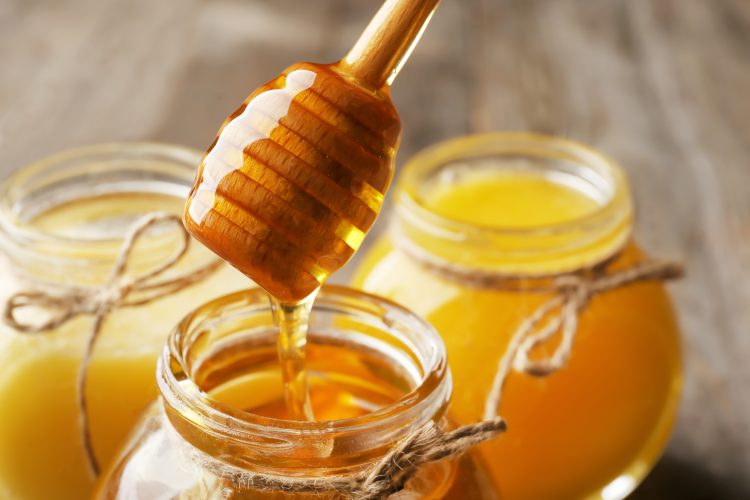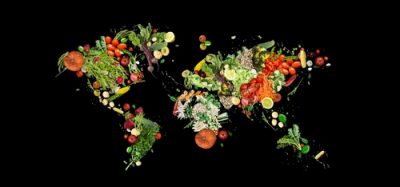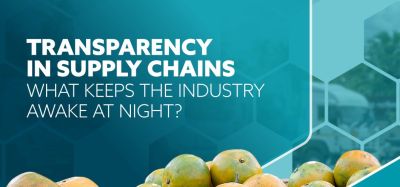A suspected 46 percent of European honey is adulterated
- Like
- Digg
- Del
- Tumblr
- VKontakte
- Buffer
- Love This
- Odnoklassniki
- Meneame
- Blogger
- Amazon
- Yahoo Mail
- Gmail
- AOL
- Newsvine
- HackerNews
- Evernote
- MySpace
- Mail.ru
- Viadeo
- Line
- Comments
- Yummly
- SMS
- Viber
- Telegram
- Subscribe
- Skype
- Facebook Messenger
- Kakao
- LiveJournal
- Yammer
- Edgar
- Fintel
- Mix
- Instapaper
- Copy Link
Posted: 27 March 2023 | Grace Galler | No comments yet
The European Commission has found 147 samples of honey were suspected to have been adulterated with syrups.


The European Commission has carried out an investigation into the authenticity of honey sold in Europe and has found that 46 percent of samples tested were “suspicious to be adulterated”.
The results of “From the Hives”, an EU-wide investigation looking at honey being contaminated with sugars, were published on the European Commission’s website. To carry out the analysis, 320 honey consignments which had been imported from 20 countries were randomly tested between November 2021 and February 2022.
After the samples were analysed by the European Commission’s Joint Research Centre (JRC), a total of 147 samples (46 percent), were suspicious to be adulterated. This meant that the samples were non-compliant with the general provision of the EU Honey Directive which requires that “honey shall not have added to it any food ingredient, including food additives, nor shall any other additions be made other than honey”.
The European Commission has said that this rate of honey adulteration was “considerably higher” than the one from 2015-17, where 14 percent of tested honey was found to not meet requirements.
Delving deeper into the findings of the investigation, the European Commission said that 74 percent of the “suspicious consignments” originated from China, however the honey that came from Turkey had the highest relative proportion of suspicious samples (93 percent).
Meanwhile, 100 percent of the honey tested from the UK were labelled suspicious and didn’t meet requirements, although the European Commission has said that this is “likely the result of honey produced in other countries and further blended in the UK before its re-export to the EU”.
In addition, study results found that 57 percent of the operators has exported honey samples that were suspicious of being adulterated with extraneous sugars, with 60 percent of the operations importing “at least one” suspicious consignment.
Commenting on the fraudulent honey investigation, Ville Itälä, Director-General of OLAF (the European Anti-Fraud Office), said: “The EU is an importer of honey as the internal demand is higher than our domestic production. It is important that we remain vigilant against any abuse.
“The most frequent type of fraud with honey happens via adulteration, meaning by adding cheap ingredients instead of keeping the honey pure.”
Previous methods of testing were used to detect ingredients with sufficient sensitivity sugar syrups made of maize starch or sugarcane, however the European Commission said this this method was was less effective in detecting other types of syrups tailored to mimic honey.
However, the findings of this study revealed that sugar syrups made from maize are now “rarely used to extend honey” and have been replaced by syrups made mostly from rice, wheat or sugar beet.
Going forward, the European Commission has said that “improved, harmonised and generally acceptable analytical methods are needed to increase the capability of official control laboratories to detect honey adulterated with sugar syrups”. The JRC is reportedly working on further developing these methods.
In addition, the investigation also found that there were instances of origin fraud whereby labels claimed false origins of the honey.
Noting that honey adulteration is an attractive opportunity for food fraudsters, the European Commission is continuing its work on honey regulation in the EU. The EU Honey Directive is currently under revision and will reportedly allow for future provisions to protect consumers from fraudulent honey and ensure that producers are honest out the origins of their honey through mandating detailed labelling of the geographical origin of honey.
Related topics
Food Fraud, Food Safety, Ingredients, Quality analysis & quality control (QA/QC), Research & development, Trade & Economy, World Food
Related organisations
European Commission, European Commission Joint Research Centre, OLAF








